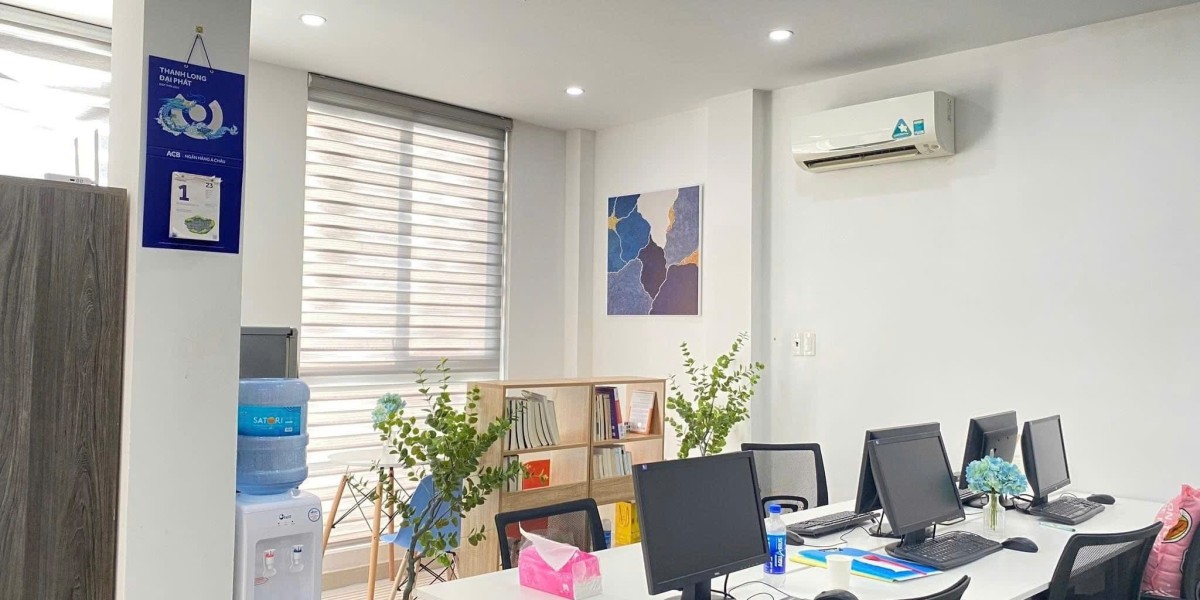If you're considering a career in trucking, attending a CDL school is a vital first step. Obtaining your Commercial Driver's License (CDL) opens the door to numerous job opportunities in the ever-growing transportation industry. This comprehensive guide will provide you with a detailed overview of what to expect at CDL school, covering everything from the application process to graduation and beyond.
1. Understanding CDL School
CDL schools are specialized institutions that prepare students to earn their Commercial Driver’s License. These schools offer a blend of classroom instruction and hands-on training, ensuring students acquire the necessary skills and knowledge to operate commercial vehicles safely. The programs vary in length, cost, and curriculum, but the primary goal is to prepare students for the CDL exam and a successful career in trucking.
2. The Application Process
The first step in your journey begins with the application process. Here’s what you can typically expect:
Research and Choose a CDL School: Investigate local CDL schools and compare programs, costs, and reviews. Ensure the school is accredited and has a good reputation in the industry.
Complete an Application: Most schools require you to fill out an application form, providing your personal information and educational background.
Schedule an Interview: Some schools may conduct an interview to assess your suitability for the program and answer any questions you might have.
3. Understanding the Costs
Before enrolling in a CDL school, it’s essential to understand the financial investment involved. The cost of CDL training can vary significantly, typically ranging from $3,000 to $10,000. Factors that influence the price include:
Program Length: Longer programs often cost more, but they may offer more comprehensive training.
Inclusions: Some schools provide books, materials, and testing fees as part of the tuition, while others may charge them separately.
Financial Aid: Many CDL schools offer financial aid options, scholarships, or payment plans to help students manage their costs.
4. The Curriculum Breakdown
Once you’re enrolled, you’ll dive into a structured curriculum designed to cover all necessary topics for obtaining your CDL. Here’s a typical breakdown of what you can expect:
A. Classroom Instruction
The classroom portion usually lasts several weeks and covers essential topics such as:
Regulations and Safety: Understanding Federal Motor Carrier Safety Administration (FMCSA) regulations and safety protocols.
Vehicle Operations: Learning about different types of commercial vehicles and their components.
Logistics and Cargo Management: Understanding how to manage and secure loads safely.
This portion of the program will typically include lectures, discussions, and hands-on activities in a controlled environment.
B. Behind-the-Wheel Training
Hands-on training is a crucial part of any CDL school program. This portion often includes:
Vehicle Inspection: Learning how to perform pre-trip inspections and identify potential safety issues.
Basic Driving Skills: Practicing basic driving maneuvers, including turns, stopping, and backing up.
Advanced Driving Techniques: Gaining experience in highway driving, maneuvering in tight spaces, and handling various weather conditions.
Behind-the-wheel training usually occurs in the latter part of the program and is vital for developing the confidence and skills needed to drive a commercial vehicle.
5. Preparing for the CDL Exam
As you approach the end of your training, you’ll begin preparing for the CDL exam. Here’s what to focus on:
Written Test Preparation: Study the CDL manual provided by your state, which covers the material you'll need for the written test.
Practice Tests: Utilize online resources or practice exams to familiarize yourself with the types of questions you might encounter.
Driving Test Practice: Get plenty of behind-the-wheel practice to ensure you’re comfortable with vehicle operation and the driving test format.
6. The CDL Testing Process
Once you feel prepared, it’s time to take the CDL tests. Here’s a breakdown of the testing process:
Written Exam: The first part of the CDL testing process typically involves a written exam covering the material you studied in class.
Pre-Trip Inspection Test: You'll need to demonstrate your ability to perform a pre-trip vehicle inspection, identifying any issues that could affect safety.
Driving Test: Finally, you’ll take the driving test, where an examiner will evaluate your driving skills, including your ability to follow traffic laws, execute maneuvers, and handle the vehicle safely.
7. Graduation and Job Placement Assistance
Upon successfully passing your tests, you’ll graduate from CDL school and be ready to enter the job market. Many schools offer job placement assistance to help you secure your first position as a truck driver. This may include:
Resume Assistance: Guidance on crafting a professional resume that highlights your skills and training.
Interview Preparation: Mock interviews and tips on how to present yourself to potential employers.
Networking Opportunities: Access to job fairs or connections with local trucking companies looking to hire graduates.
8. Career Opportunities After Graduation
Graduating from a CDL school opens numerous doors in the trucking industry. Some potential career paths include:
Long-Haul Truck Driver: Transporting goods across states, often spending extended periods on the road.
Local Truck Driver: Working for local companies and making shorter deliveries within a specific area.
Specialized Truck Driver: Focusing on niche areas like transporting hazardous materials or driving oversized loads, which may require additional certifications.
9. Continuing Education and Advancement
Once you start your career, you might consider further education or specialized training to advance your career. Many experienced drivers opt for additional certifications or endorsements, such as:
Hazardous Materials Endorsement: Required for drivers transporting hazardous materials.
Doubles/Triples Endorsement: For those looking to drive trucks with multiple trailers.
Tanker Endorsement: Required for transporting liquids in bulk.
10. Final Thoughts
Attending a CDL school is an essential step for anyone looking to pursue a career in trucking. By understanding what to expect at CDL school—from the application process to graduation—you can prepare yourself for a successful journey ahead. With the increasing demand for qualified truck drivers, now is the perfect time to invest in your future. If you're ready to hit the road, research local CDL schools and start your journey today.







